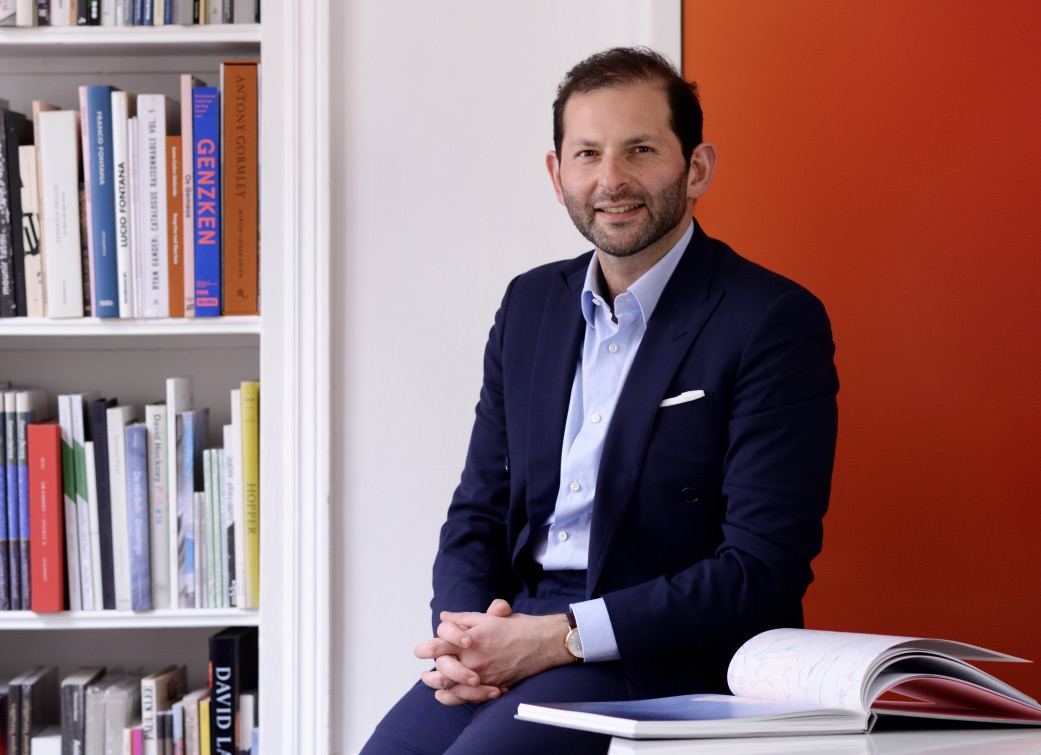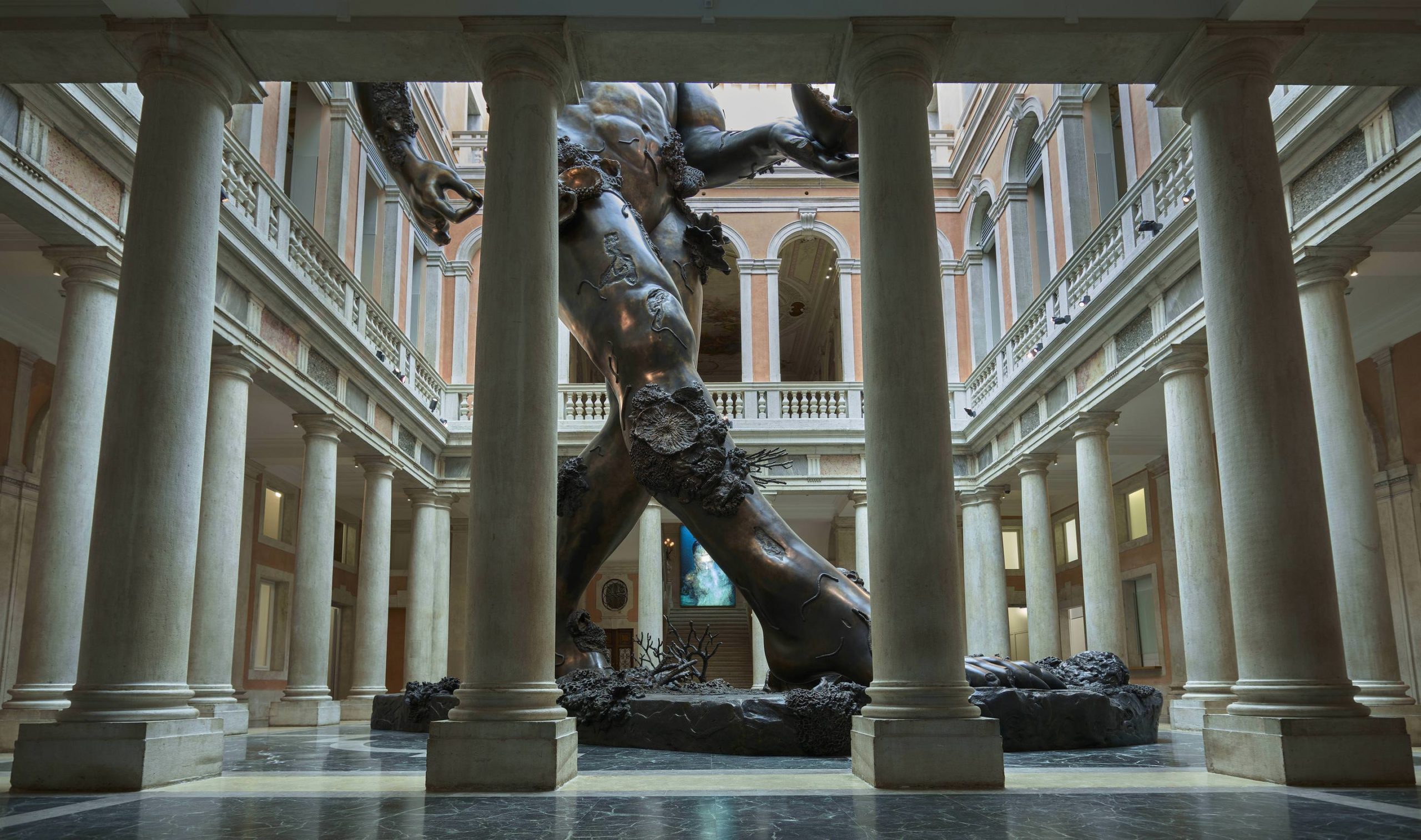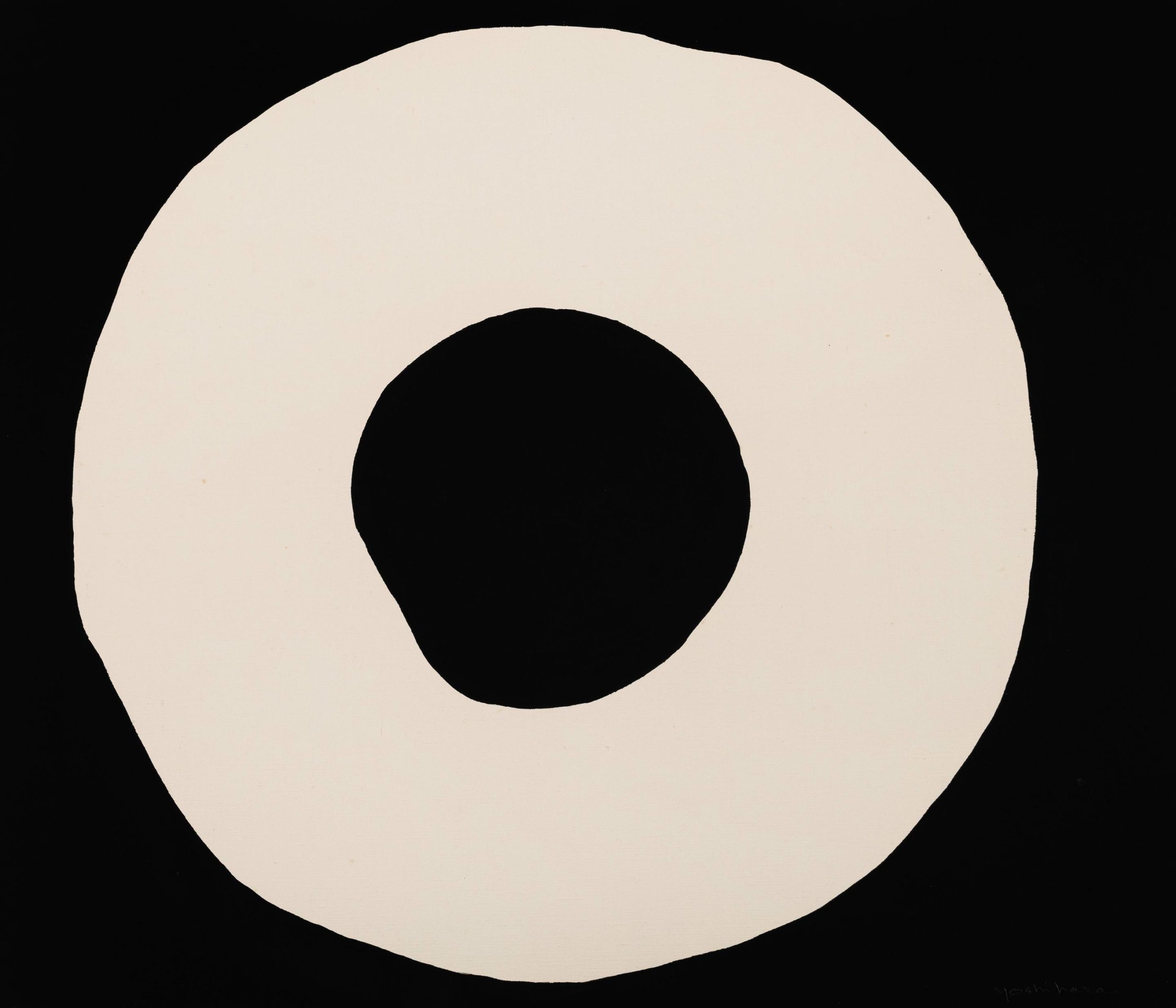Art adviser Sacha Zerbib was approached a few years ago with a dream opportunity. He was asked to help build a collection from the ground up, with the goal of eventually exhibiting it within a public space in Austin, Texas.
Creating the mission for a collection (which now includes work by artists like Kerstin Brätsch, Gordon Cheung, Günther Förg, Noémie Goudal, Carmen Herrera, Sanya Kantarovsky, Imi Knoebel, Glenn Ligon, Stanley Whitney, and Wolfgang Tillmans) from scratch with his client, Zerbib began to think about what it means to be a public space showing contemporary art today. If you could build the ideal museum of today, what would that look like? How would the location of Austin affect that mission and future public programming? What kind of site should be built to offer a site of reflection and engagement for visitors?
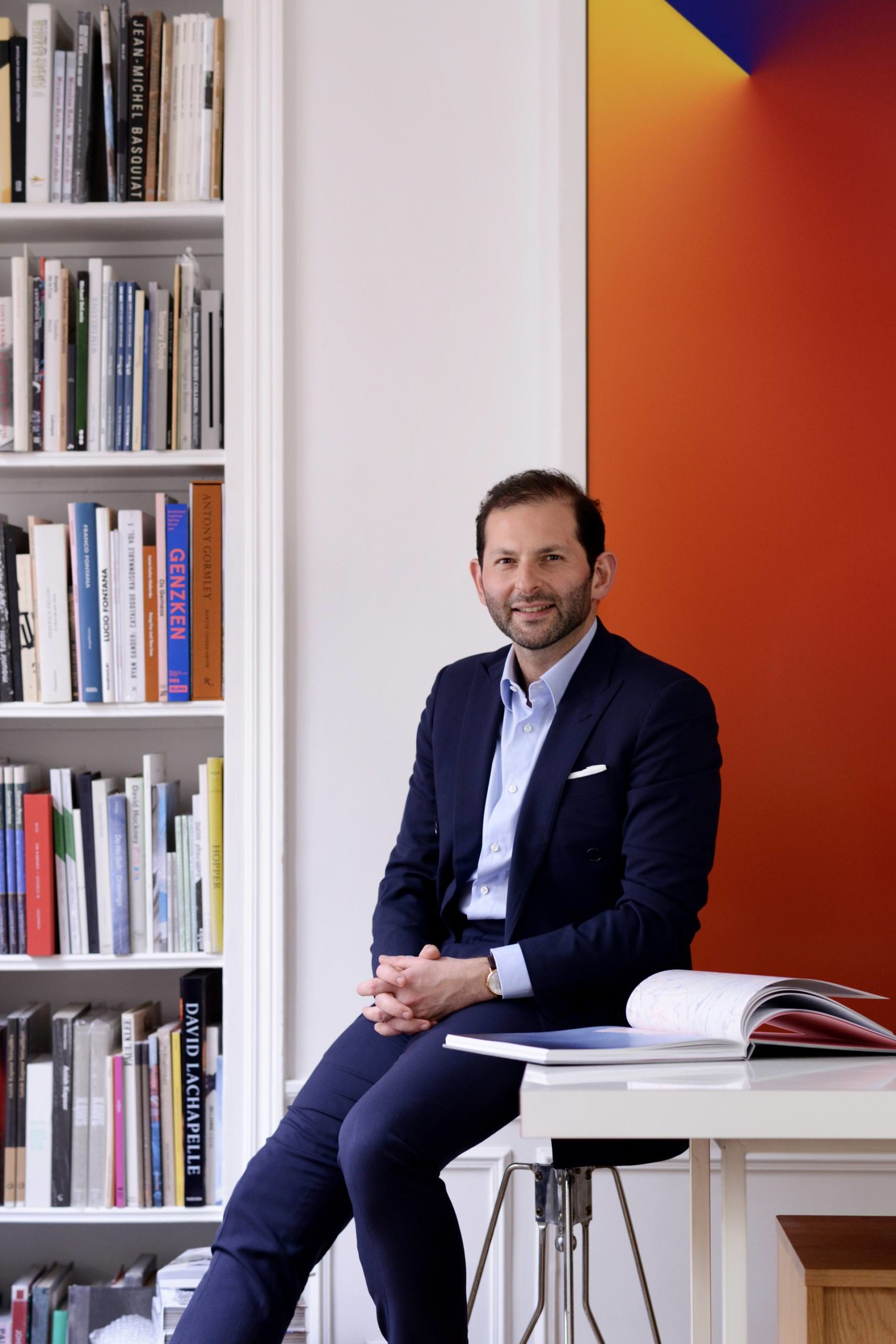
Photo by Lea Schleiffer.
Whitewall spoke with Zerbib in Paris, where he’s run his firm CaAC & Co Art Advisory since 2008, about what it means to collect with a vision to serve the community.
WHITEWALL: A collector comes to you with a dream of creating a collection for a public space. Where do you start?
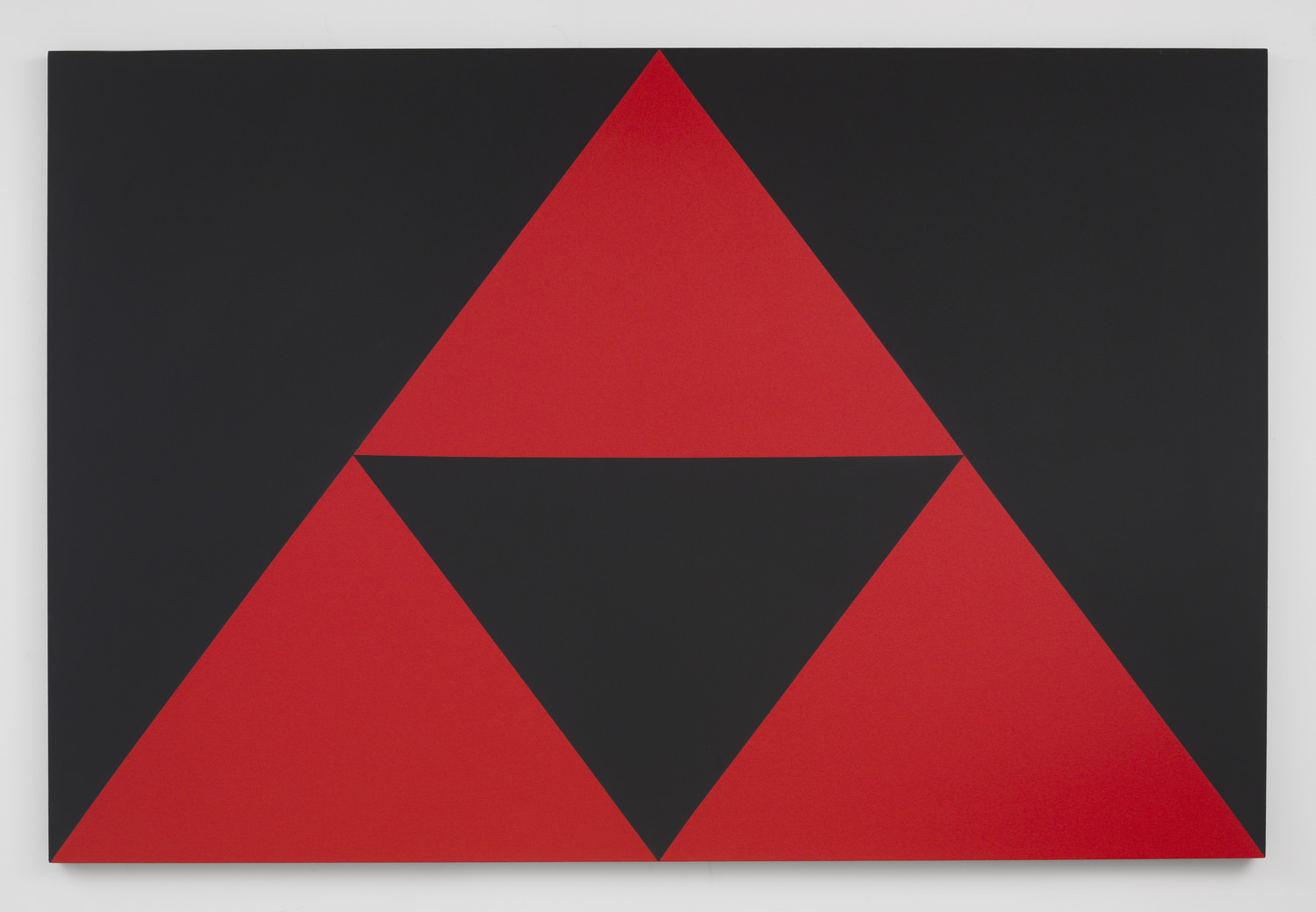
Carmen Herrera
3 Red Triangles
2016
72 x 48 in
Courtesy of Lisson Gallery, London
SACHA ZERBIB: You’re not asking yourself the same question as when you’re asked to build a private collection. You’re not talking to just an individual; you’re trying to reach a greater audience and something more universal. You become more careful in a sense that you become more responsible—not only for the pieces that you choose, but also for what they incarnate, what they mean, what they symbolize, and for the content that they bring and convey.
It’s an approach that is more socially and historically oriented than a private collection. It will have an impact on people’s minds, and therefore you want not only the best possible works you can find, but also the ones that convey a feeling for the 20th century.
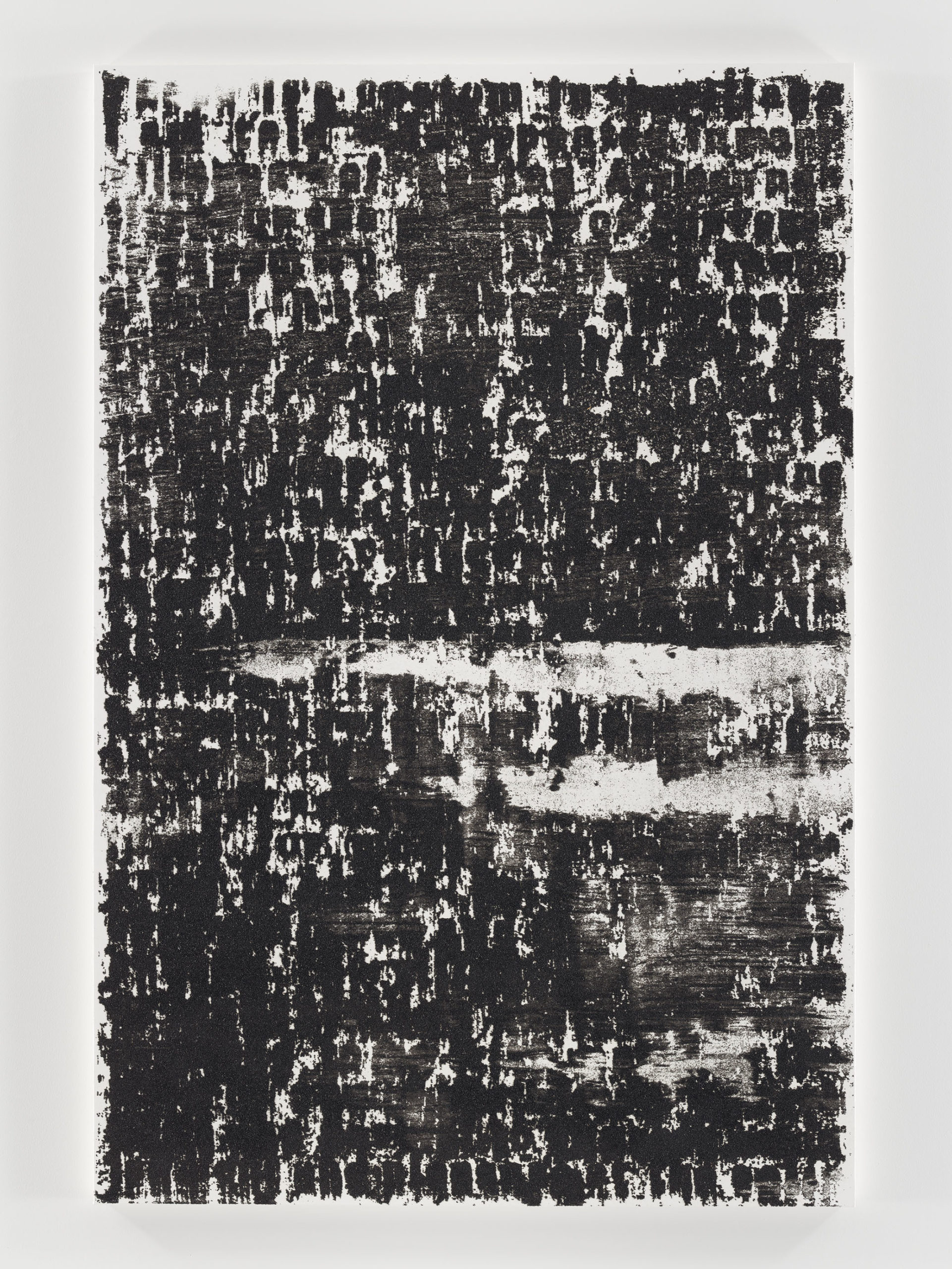
Glenn Ligon
Masquerade #9
2006
Silkscreen and coal dust on canvas
78 x 52 x 1 5/8 inches
Courtesy of Regen Projects Gallery, Los Angeles
WW: How are you thinking about what it means to exhibit art in the 21st century?
SZ: I believe in seeing art and exhibiting art—the physicality of it. Today, we just need a computer to access a lot of information, so I think the purpose and the nature of a museum has shifted. It has to engage. It has to be singular in how the vision of the collection is shown. It has more of a political or social impact and a space for thinking and reflection, rather than a touristic place.
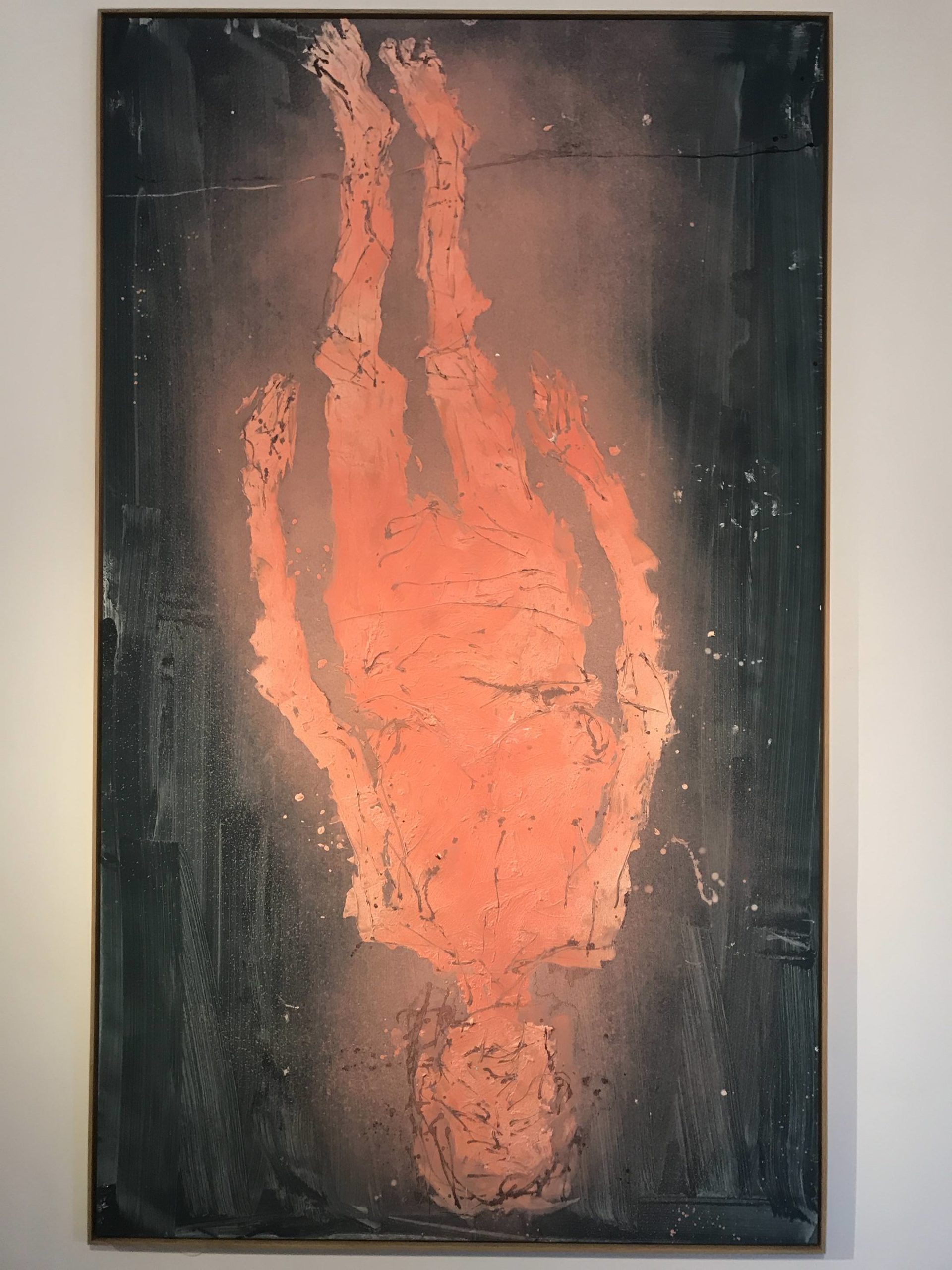
Georg Baselitz
« Ohne Treppe »
2017
Oil on canvas
305 x 180 cm
Courtesy of Ropac Gallery, NYC
WW: How does the location of Austin impact the decisions you are making?
SZ: Being from Paris, I had to get familiar with Austin and its mentality, what it wants to express as a community. Austin is a place that mixes the old and new, the past and the future. Austin has been inspiring in that sense. The challenge for me has been to keep a balance between what I know speaks to the most in the greatest possible way, and still have something that belongs to outsiders. We’re trying to have a strong focus on the second part of the 20th century—what the greatest issues and debates in art were and pushing that to the next generation.
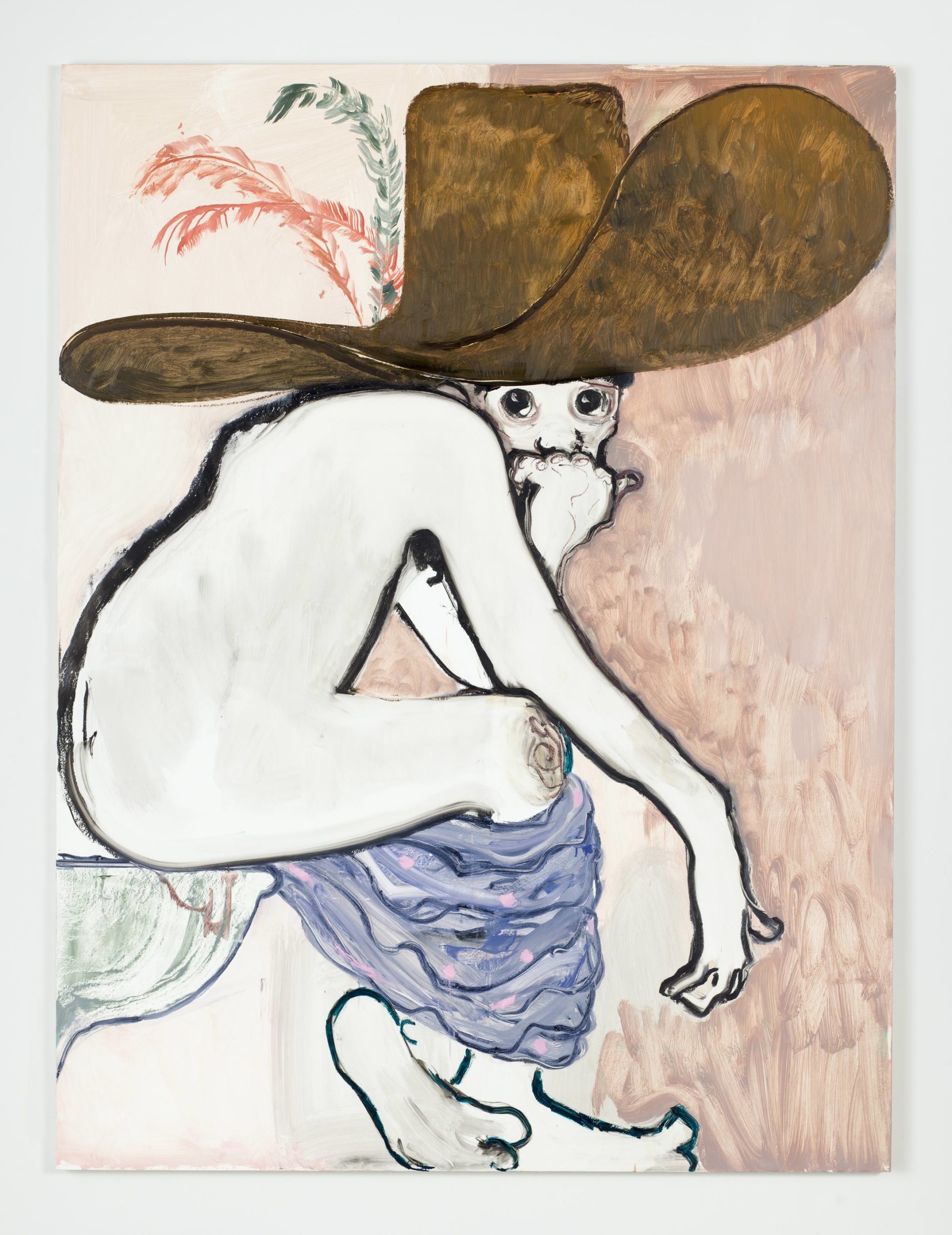
Sanya Kantarovsky
Nervous Man
2017
Oil on canvas
85 x 65 inches
215.9 x 165.1 cm
Courtesy of Luhring Augustine Gallery, NYC
WW: Are there any models you’re looking at?
SZ: I’ve always been a very big fan of the Whitney and the way they’ve always managed to reincarnate themselves into a new space. A museum is not only there to entertain, but to teach and to make people see the world they’re living in. One of the missions of museums is to bring ideas together. If it doesn’t exist in art, then it doesn’t exist in society. And Dia:Beacon is one of my favorite museums because of the location and effort you have to make to go there. It’s like a sacred space, somehow spiritual, and only devoted to art. It’s a bit far away, but once you’re there, you experience one of the most amazing feelings that art can provide.
That’s one of the things I want to be able to achieve—a certain feeling when you’re there, and when you leave you’re still thinking about what you’ve seen.
WW: Many museums today are correcting the gaps in their collection, adding work from female artists, artists of color, looking at a more international scope, et cetera. With that in mind, what is your approach to acquiring works?
SZ: I’m always, as an adviser, looking at today’s most relevant concepts in art, linking those concepts with the history of art and even recent history. A fantastic piece, even of the Renaissance, can converse with today’s artists.
I’ve always liked to put into perspective different times, different cultures, different origins, different geographies, different genders. It’s like pieces of conversation rather than things we might have missed, so that the audience has enough resources to think on their own.


